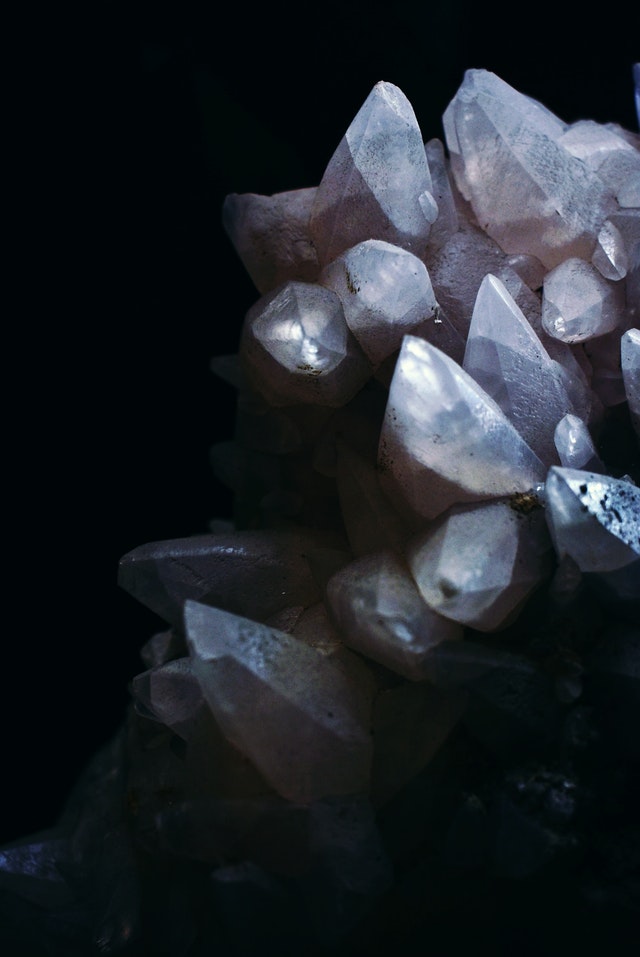IT ought to be said first that the solitary genuine logical or manufactured stones available are those
having the organization and properties of corundum, in other words, the ruby and the few tone
assortments of sapphire, as blue, pink, yellow, and white. There is likewise a greenish stone that shows up
rosy by fake light, which is called logical alexandrite yet which has, be that as it may, the
piece and properties of the corundum pearls as opposed to those of genuine alexandrite. All so-
called "logical emeralds" have end up being both of glue of some sort, or disaster will be imminent
trios having a top and a back of some economical yet hard stone of pale tone, and a focal
cut of profound green[100] glass, the three pieces being solidified together so handily that the
intersections often get away from any yet an extremely cautious assessment with a focal point.
All Scientific Stones Are Corundum Gems. Presently the way that all evident logical stones are
corundum jewels makes their assurance genuinely basic on the accompanying premise: Among the
significant number of corundum diamonds of nature, regardless of whether ruby or sapphire of different tones,
there is only sometimes discovered one that is altogether liberated from deserts. Quite often, even in what are
viewed as fine examples, one will effortlessly discover with a glass, abandons in the crystallization.
In addition these deformities are normal for the corundum pearls.
The logical corundum pearls, notwithstanding, never have these particular deformities. Consequently the surest and
easiest method of recognizing the two sorts of stones is to familiarize oneself with the
common deformities of regular corundum diamonds, and afterward to search for such imperfections in any example of
ruby or sapphire that is in question.[101]
While a depiction of the absolute generally normal of the average deformities of rubies and sapphires is
to follow, the gem dealer, who may not yet be comfortable with them by genuine encounter, owes it to
himself and to his clients to familiarize himself from the outset hand with the normal deformities of such
material, which he is consistently in a situation to do through the kindness of agents of houses
managing in valuable stones, in the event that he, when all is said and done, doesn't convey such material in stock.
Average Defects of Natural Corundum Gems. Maybe the most widely recognized of the imperfections of
characteristic corundum jewels is the particular appearance known as "silk." This is best seen when a
solid light is permitted to stream through the stone at right points to the onlooker's view.
Sets of fine, straight, equal lines will be seen, and these will oftentimes meet different arrangements of
comparative lines at a point of 120 degrees (like the point at which the sides of an ordinary hexagon
meet) or the lines may cross[102] each other at that point or at a point of 60 degrees (the
supplement of 120 degrees). Such straight equal lines are never seen in logical stones, and
their essence might be taken to show decidedly that the stone having them is a characteristic stone.
In fine examples of normal ruby or sapphire such lines will be not many and hard to track down, however in
some position or other they will typically be found if the pursuit is even just about as cautious as that which
one would routinely utilize in searching for abandons in a precious stone. In by far most of cases
no such cautious inquiry will be needed to find "silk" in characteristic rubies, and if a stone that is
evidently a ruby is liberated from such imperfections it is very nearly an inescapable result it is a logical
stone.
Another normal sort of imperfection in corundum pearls is the event of patches of smooth
darkness inside the material. A little genuine colleague with the presence of this kind of
deformity in regular stones will make it simple to recognize from the occasional[103] darkness
found in logical stones, which last darkness is because of the presence of multitudes of moment gas
bubbles. These small air pockets can be seen under a powerful focal point, and this proposes a third
include that might be utilized to tell if one has a characteristic stone.
Regular rubies and sapphires, as logical ones, oftentimes contain bubbles, yet these are
continuously rakish in the characteristic stones, while those of the logical stones are by and large round or
adjusting, never precise.
To summarize the ideas previously introduced it could be said that, since normal and logical
corundum diamonds are made out of basically a similar material, and have indistinguishably something very similar
physical and synthetic properties, and much of the time intently look like each other in shading, it is
important to have plan of action to some different methods for recognizing them. The best and
easiest methods for the individuals who are familiar with the primary deformities regular to characteristic
corundum diamonds is to look for such[104] absconds in any example that is being referred to, and assuming no
such imperfections can be found, to be distrustful with regards to the effortlessness of the example, because of the fact that
amazing corundum jewels are uncommon in nature, and when of fine shading order incredibly
exorbitant costs. No gem dealer can bear to hazard his standing for information and for respectability by
selling as a characteristic stone any diamond which doesn't have the minor deformities basic to
essentially all corundum diamonds.
Underlying Defects of Scientific Stones. So far our tests have been for the most part negative. It was said,
nonetheless, that circular air pockets here and there show up in logical diamonds. Another trademark
primary imperfection of essentially every logical pearl might be used to recognize them. With no guarantees
notable, the harsh material is framed in boules or pear-formed drops under an altered
blowpipe. The powdered material is taken care of in with one of the gases and goes through the fire,
dissolving as it goes, and afterward accumulating[105] and taking shape underneath as a boule. The top or
top of this boule is adjusting from the beginning, and henceforth the progressive layers of material assemble
in slim bended zones. The tone and construction of these progressive zones are not completely uniform,
subsequently when cut stones are produced using the boules these bending equal layers might be seen inside
by the utilization of a decent focal point, particularly if the cut stone is held in a solid intersection light, as was
proposed when headings were given above concerning the most ideal approach to search for "silk" in a whiz
stone.
Attributable to the state of a very much cut stone it is here and there hard to get light through the material,
however by turning the stone over and again, some position will be found in which the bending equal
striæ can be seen. They are effectively seen in logical ruby, less effectively in dull blue sapphire, yet
still they can be found on close hunt. In the light hued stones and in white sapphire, the
trouble is more noteworthy, as there are no shading varieties in the last case. However,[106] the worth of
white sapphire is so slight, regardless of whether normal or fake, that it involves yet little second,
what's more, what has effectively been said as to regular imperfections, applies to white sapphire just as to the
shaded assortments, and totally clear and wonderful common white sapphire is uncommon.
One really recognizing characteristic of the logical stones might be added to give full measure to the
plan of partition, that nobody need be beguiled.
The surface completion of the logical stones is infrequently on par with that of the common material and it
gives off an impression of being more hard to deliver a decent clean on logical stones than on normal ones.
The level of hardness of the logical stones is by all accounts marginally factor in various pieces of
the very piece with the goal that the cleaning material eliminates the surface material inconsistent, leaving
minute dirty blemishes on the surfaces of the aspects. Conceivably this condition may be helped by
capable treatment,[107] however barely at the cost possible for the item, with the goal that a nearby investigation of
the surface completion will now and again help in recognizing regular and counterfeit material.
Any fine example of characteristic ruby or sapphire will have generally gotten master treatment
what's more, an unbelievable surface completion.
Taking everything into account, at that point, the focuses to be recollected in deciding the beginning of corundum diamonds
are four in number.
1. Hope to discover characteristic imperfections, for example, "silk" or overcast patches, or rakish air pockets altogether
normal stones.
2. On the off chance that air pockets are available in fake material they will be round or adjusting.
3. Counterfeit material will consistently have bending equal striæ inside it.
4. The surface completion of counterfeit material is only here and there or never equivalent to that of characteristic material.
It should not to be important to add that material from either source might be cut to[108] any shape,
what's more, that fake rubies might be seen in most Oriental attire, consequently all examples ought to have
applied to them the above tests paying little heed to the appearing vestige of their cut or of their claimed
family.

